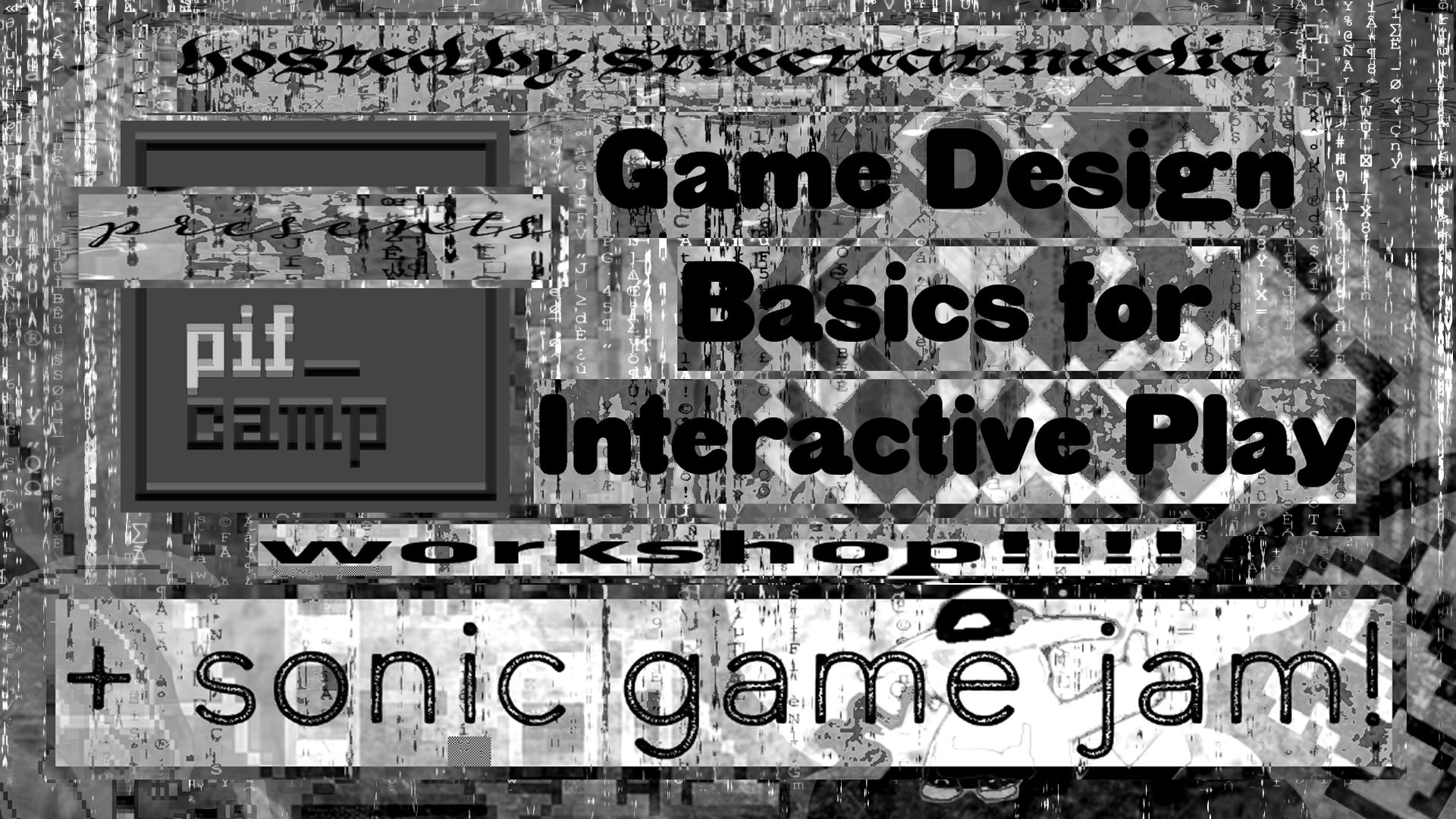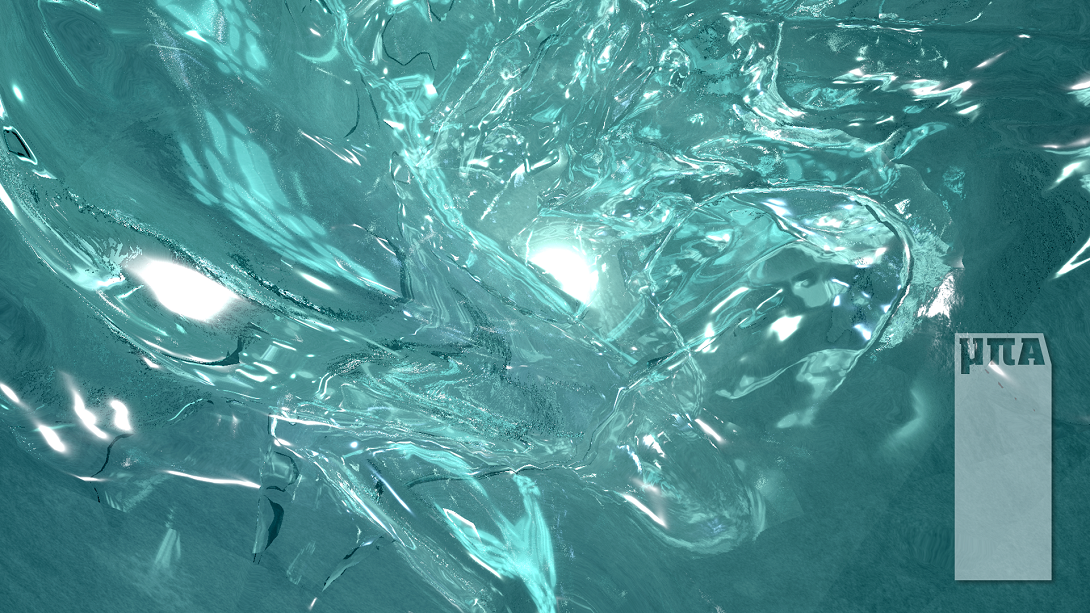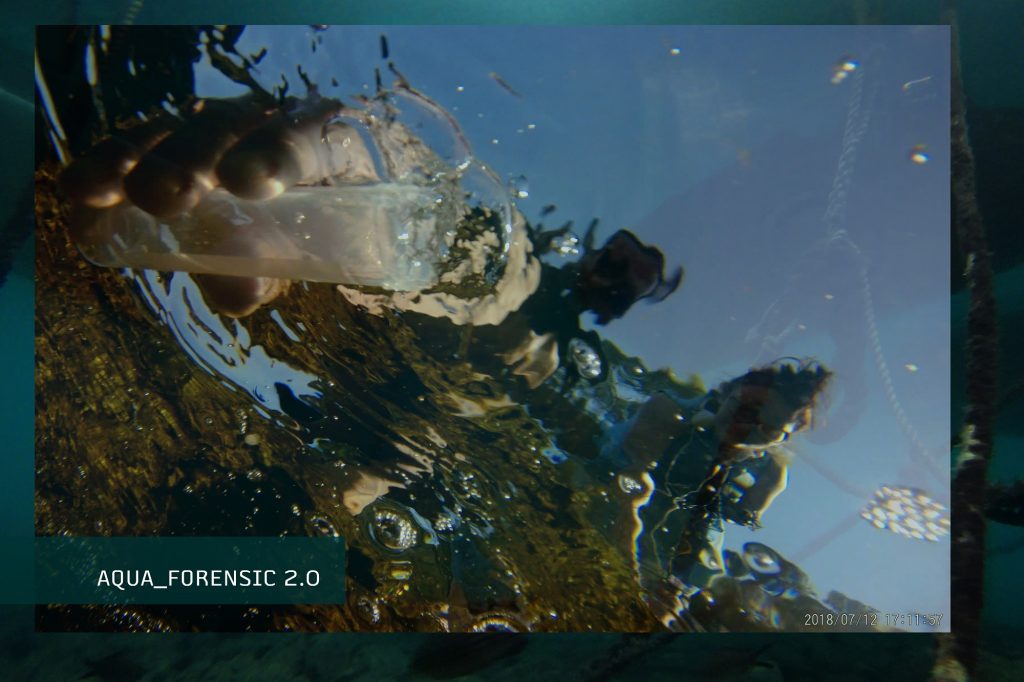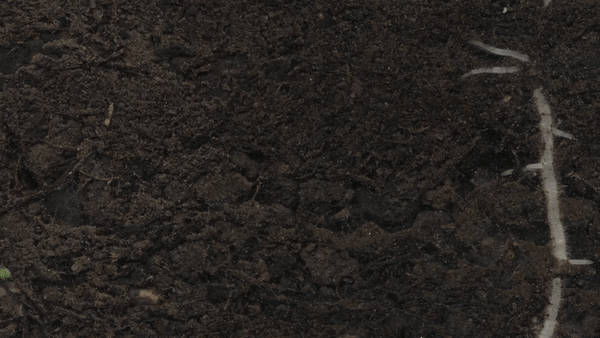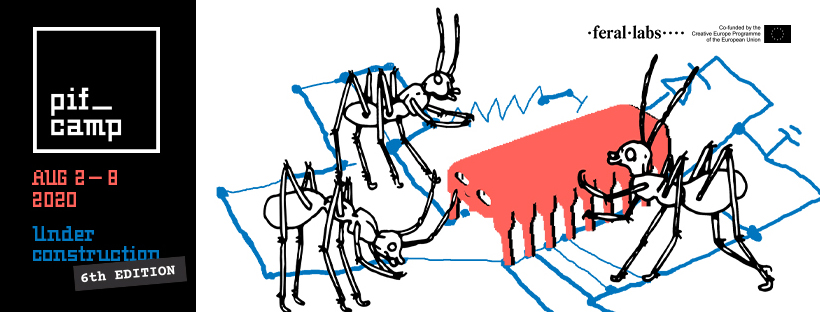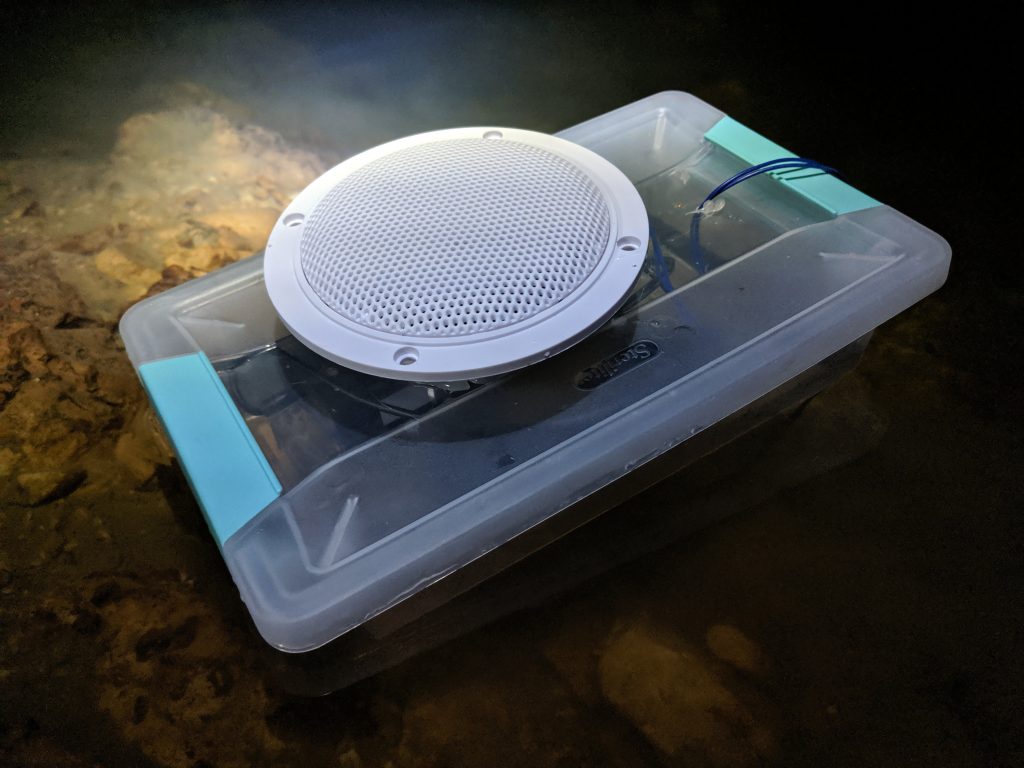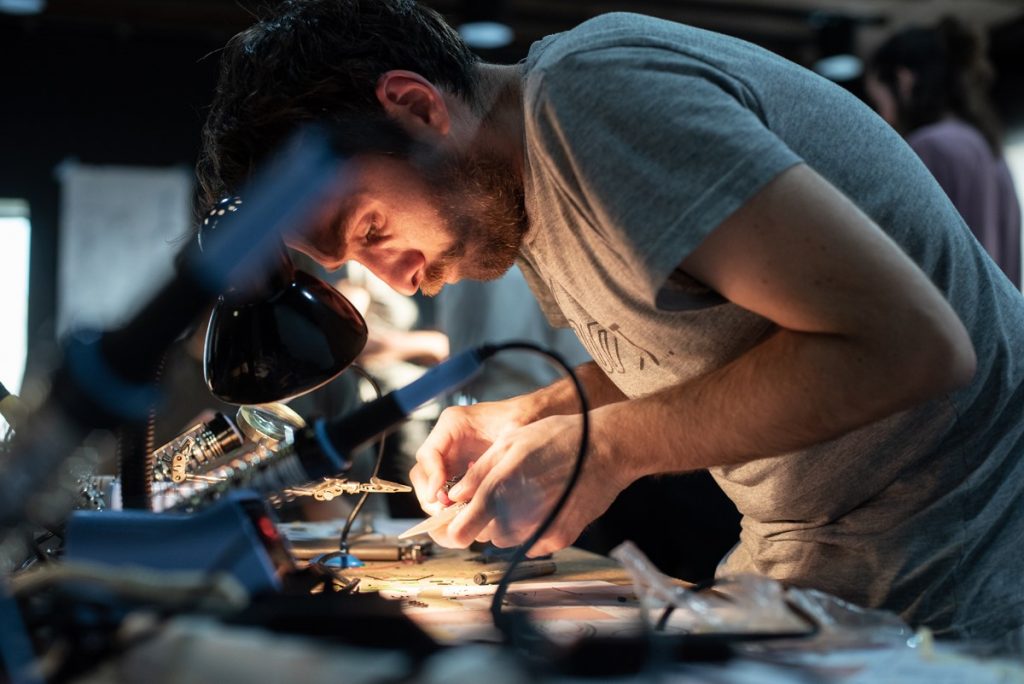In a referential system an entity always refers to something. That might be a zero point or any other potential, but there is always a point, plane, potential or idea to refer to.
Electric power systems work that way. A potential, away from the earth potential can create over humanly forces. These forces can only be experienced as a manifestation of the potential difference. Something lights up, something turns and moves or becomes warm. The manifestation that becomes apparent is a transformation of energy.
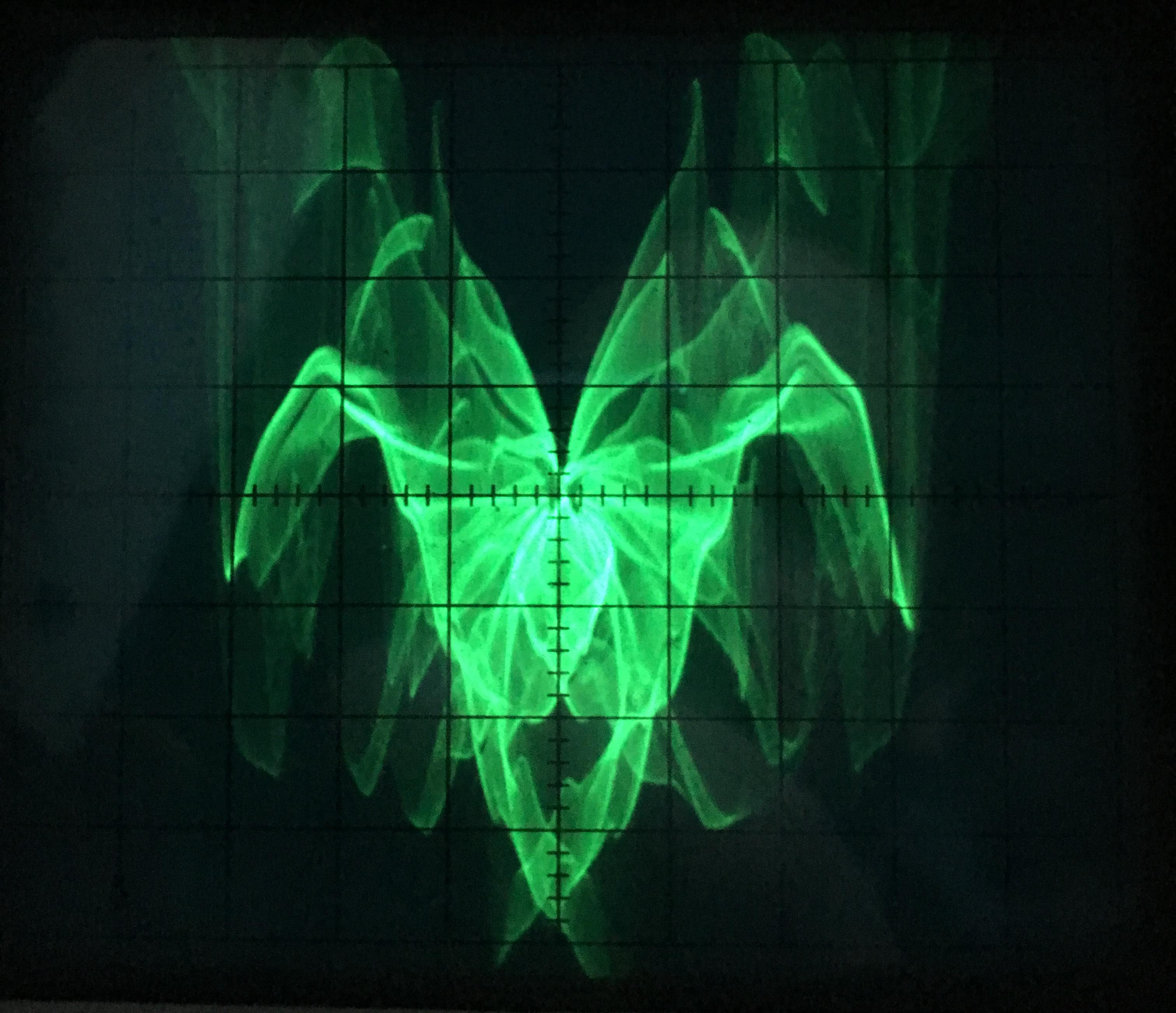
Sound and music work on a referential basis. One beat without another will not become a rhythm, one tone without another not a sense of harmony, a chord or a melody. There is always a second entity that builds the reference.
At this year’s PIFcamp Bernhard Rasinger would like to explore the principle of reference with the help of oscilloscopes, lasers, modular synthesizers and the horn of a crane. (Whaat?) Join him for the adventure of recording your instrument into the modular laser system to compose a collaborative visual sound piece.
They say that when you are weightless and floating in space you have to leave something behind to go somewhere. The greater the loss, the greater the impulse.
Text and photo by Bernhard Rasinger
